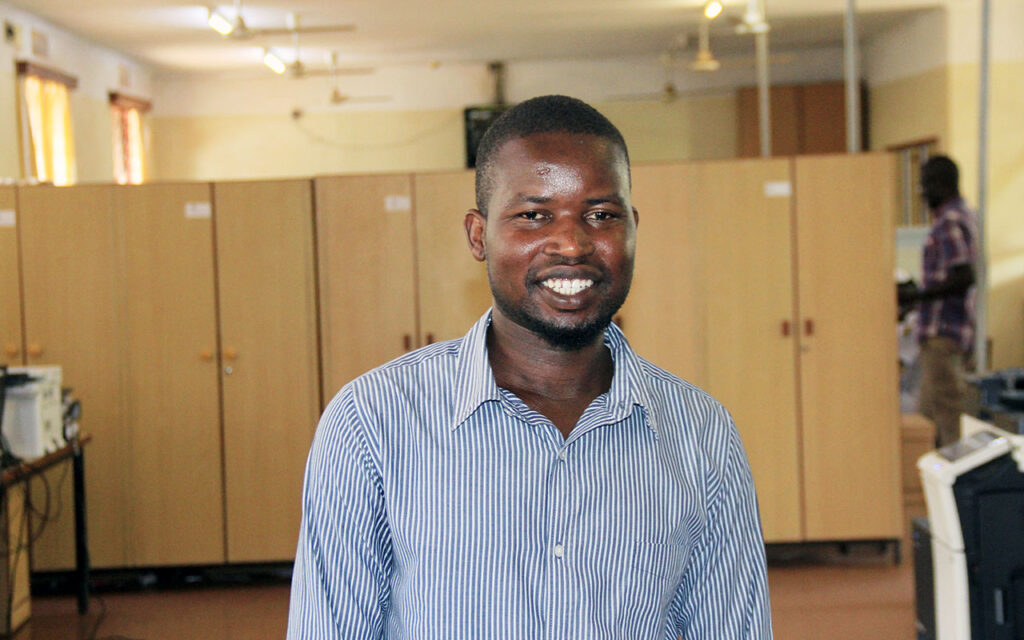Eduard and Erik need apostrophes – or Pedants “R” Us
On International Apostrophe Day, Haemnet’s CEO, Mike Holland, muses on the naming of bleeding disorders

When it comes to writing, we at Haemnet spend a lot of time agonising over little things like apostrophes, hyphens and colons. After all, we don’t want to find ourselves in the next edition of Eats, Shoots & Leaves, or worse – the Daily Mail got very hot under the collar when it happened across “Students get first hand job experience” (!).
One thing is for certain: our work is made more difficult by the inconsistencies that abound in the bleeding disorders world.
The naming of names
The world of medicine loves the great and the good who make discoveries, frequently honouring them with eponyms. Bleeding disorders are no exception but they’re problematic in applying literary devices like the humble apostrophe.
So, who are we talking about?
In 1918, Swiss paediatrician Eduard Glanzmann identified a group of patients with bleeding symptoms, including prolonged bleeding times, and what he described as “weak platelets”. His reward: the eponymous Glanzmann’s thrombasthenia.
A few years later, in 1924, Finnish physician Erik Adolf von Willebrand treated Hjördis Sundblom, who had a severe bleeding condition. She was the ninth of 11 children and, like six of her siblings, experienced regular bleeding from the nose, lips, gums and skin. Von Willebrand was able to differentiate the condition from haemophilia, and after he first described it in a publication in 1926, it took his name. Hjördis and three of her sisters died as a result of their von Willebrand disease. It was 1971 before its cause was identified: a deficiency in a particular protein that enables the blood to clot, and which would be named von Willebrand factor, further cementing Erik Adolf’s legacy.
Then we come to French physicians Jean Bernard and Jean-Pierre Soulier. In 1948, they first described a condition that caused abnormal bleeding in a brother and sister, resulting the girl’s death from a haemorrhage. They found that it was due to a platelet deficiency that affected clotting – and it became known as Bernard-Soulier syndrome.
Occasionally, though, it’s not the doctor who gets the credit. In 1952, Stephen Christmas was the first patient identified as having Christmas disease. There’s a sense of fair play in putting the patient first here, though he ultimately lost out when this disorder was redesignated as haemophilia B (or Factor IX deficiency).
And the apostrophe?
Glanzmann’s thrombasthenia has somehow become Glanzmann thrombasthenia.
Google doesn’t record when (or why) the bleeding disorder establishment stripped Eduard Glanzmann’s eponymous disorder of its apostrophe. But at least he had an apostrophe to lose, which is more than can be said of Erik von Willebrand. Why is it von Willebrand disease and not von Willebrand’s disease?
And Drs Bernard and Soulier? Well, at least they were granted a hyphen.
Today (15 August) is International Apostrophe Day – the day we commemorate what the Washington Postdescribed as the crooked little line that punches above its weight. It’s the perfect day to ask: who decides the fate of the medical apostrophe?
Should we start the campaign for Glanzmann’s thrombasthenia and von Willebrand’s disease now?
After all, every dog has its (not it’s) day.
About the author
Mike Holland is CEO of Haemnet Ltd.
To find out more about our writing and publishing services, email publishing@haemnet.com


